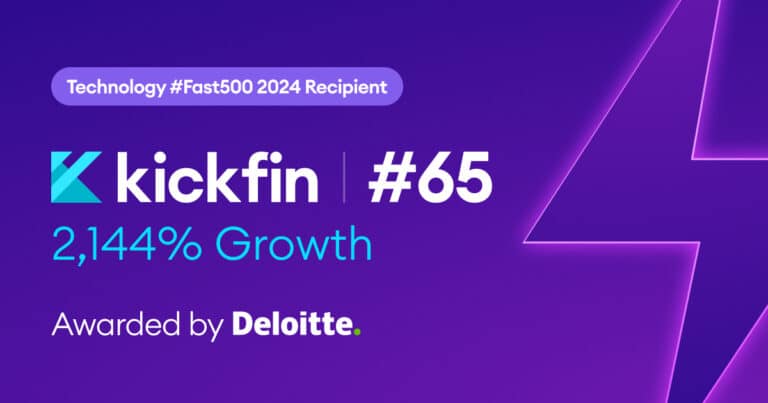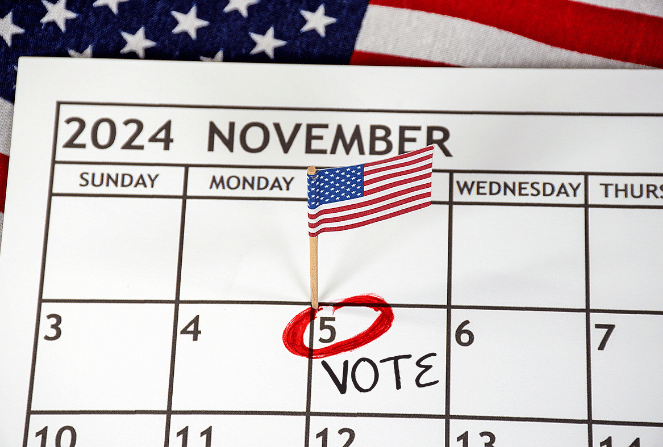When it comes to craft breweries, Andrew Coplon says great beer is table stakes.
And he knows a thing or two about the craft brewing industry: Andrew is the founder of Craft Beer Professionals and Secret Hopper — which means he spends his days helping brewers optimize their operations and increase their in-house revenues.
While top-notch brews might bring people into a brewery, Andrew says it’s the taproom experience that keeps people coming back.
So how do you turn first-time guests into die-hard fans? Andrew says there are three key factors that will create brand loyalty (and generate repeat business) among your taproom patrons. Read on for the full interview!
What is it about taprooms that people are drawn to?
It’s all about the connections you make there. For me personally, I love learning. So when I visit a taproom, I’m usually talking to the staff. I’m learning about them personally, and I’m also learning about the taproom — what’s the story, what were the goals, what are their values. And of course, I want them to teach me about the beers.
But it goes beyond the staff. Recently, my family and I were at a brewery in Northern Virginia. It was the first time we had done something like that since before the pandemic. While we were there, we were sitting with another family outdoors — we were talking about where we were from, how we both had toddlers. I completely forgot how much I enjoyed talking to strangers.
It’s so simple, but that’s what happens in these spaces. They bring people together.
What are the variables that can make or break the taproom experience?
There are really three key factors. I actually think about it like a Venn diagram.
Beer is the first circle. Atmosphere is the second circle. And then staff is the third circle. When you do all three of those things really well, you’re going to create the ultimate taproom experience.
So what does that look like in practice? How do you optimize all three factors?
Well, beer is a given. The beer has to be good. And that’s what will draw people in. Everyone’s there for the beer initially. But we’ve all been to taprooms where we’ve had a great beer, and we never come back. Great beer is a must, but it isn’t enough.
The atmosphere — it’s a lot of little things that come together. Lighting, music, food. What’s on the walls? Does the space tell a story, or does it just feel kind of cookie-cutter?
And then there’s the staff. What are they like? Are they just doing their job, or are they engaging the guests? Are they knowledgeable? Are they making and facilitating connections?
As an example: When I visited Perennial Artisan Ales in St. Louis, the person behind the bar was talking with me, sharing personal tidbits about herself. She told me she was in a band that toured around. It was a great conversation. A year later, I go back to the same taproom. I’ve got the same server. And she says, “Aren’t you the guy from Virginia?” A whole year later, she remembered who I was.
That story also speaks to the importance of hiring and retaining the right people — which is incredibly challenging right now. Plus, it takes a more specialized skillset to manage a taproom. How are operators handling the tough labor market?
Staffing right now is very challenging within the craft brewing industry.
Bottom line: You have to know what your goals are. Is it important to hire someone who already knows a lot about beer? For some breweries, it might be. But in a lot of cases, you can find someone who literally just likes to talk to people — and then you can teach them everything else.
I have a friend who owns a taproom in Richmond, Virginia. When they closed during Covid, they lost almost all of their staff. They were having trouble hiring when they reopened. He ended up bringing on an out-of-work teacher. And pretty soon most of his staff ended up being former teachers. It worked so well — sure, they knew nothing about beer, but they knew how to educate people and break things down.
Basically, your employees don’t have to be the biggest beer nerds. They just need to be great with people and willing to learn.
So when an operator wants to address any of those three factors — beer, vibe, staff — how do you make sure everything still feels cohesive and true to your brand?
Well, you really have to know your brand. And I often tell people — you should be able to explain or articulate the essence of your brand in about five words.
If you can’t: consider bringing your team team together, and have everyone collectively write down a handful of words that pertain to your values, or your vision for your brewery, or how you want to make people feel when they’re in your space. It could be random words, or you could turn it into an actual mission statement.
Lady Justice Brewing in Colorado has a great tagline — “Great beer. Better world.” That’s what they stand for, and every aspect of their taproom experience reflects that.
It’s important to find a way to differentiate your brand — with 9,000 breweries out there, differentiation is a must. And you need to get buy in from your staff. Get them involved in the process and excited about what you stand for. That way, they’ll feel personally invested in it, and they’ll embrace it.
What would you tell operators who don’t know where to start? What if you’re not sure what’s working and what needs to change?
A great way to learn more about the guest experience is by simply talking to your guests. Ask them questions. Also, visit other breweries. What are they like? How are you greeted when you walk in? Follow them on social media. See what they’re doing and learn from them.
To be honest, it can be hard when you’re in your own taproom day in, day out. It’s kind of a blur. You’re not thinking about all the little things.
That’s a big reason why we started Secret Hopper. It’s a secret shopping service for craft beer businesses. We send mystery shoppers into your brewery, and we analyze about 25 different components that contribute to the guest experience. So that gives you a baseline. We might discover engagement is low or staff members are doing things inconsistently.
Then we give you some actionable steps to improve those different components, and we’ll customize that plan based on your brewery’s specific needs. We also host workshops that address a lot of the challenges that craft breweries face.
Aside from generating repeat business, how does enhancing the guest experience impact a brewery’s bottom line?
Over the course of thousands of non-paid brewery visits, we’ve gathered some data points that really blow me away. For example, during about 45 percent of visits, guests aren’t encouraged to get a second drink. That’s crazy. When you simply ask your customers if they want another beer, the average tab is $6.50 higher.
We also discovered that brewery staff ask guests if they would like to purchase to go beer 18.6 percent of the time. When staff doesn’t ask this question, guests only purchase growlers 9 percent of the time, but when staff members do ask, guests purchase growlers 49 percent of the time.
These are simple changes you can train your staff to make that can significantly increase your revenues.
What would you tell operators who might have the guest experience down pat, but for whatever reason, they’re having trouble getting people in the door?
Marketing is half the battle. You’ve got to make sure people know you’re there.
Get creative. Innovate. Look outside of your space — how are your favorite brands marketing themselves? Netflix, Starbucks — what’s working for them?
Don’t be afraid to ask for help. There are a lot of marketing agencies that specialize in craft beer. Or consider bringing someone on your team who has that skillset. They might cost more money, but if they do their job well, it’s a worthwhile investment.
Do you own, operator or work for a craft brewery? Join the Craft Beer Professionals community on Facebook and connect with more than 14,000 beer pros for tips, networking and collaboration!




